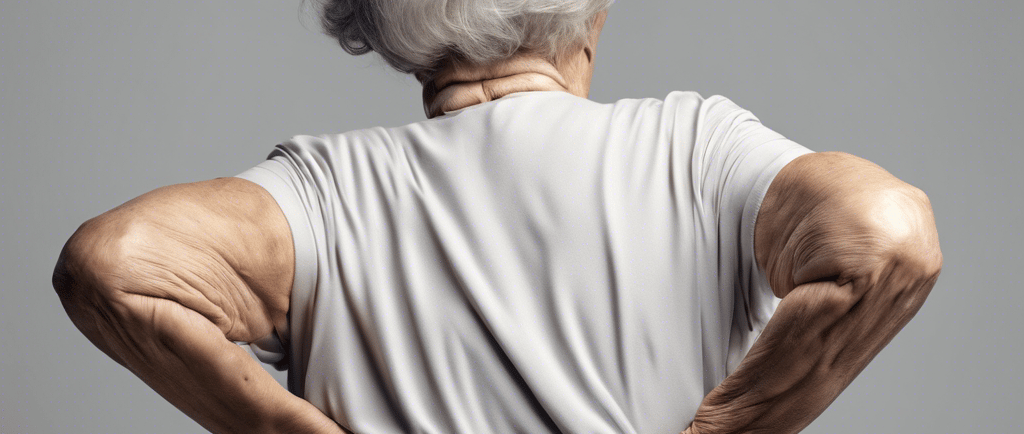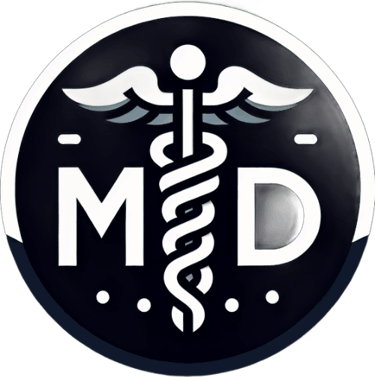Lumbar Spinal Stenosis: Symptoms, Conservative Treatment, and Interventional Pain Management Procedures
2/20/20243 min read


Introduction
Lumbar spinal stenosis is a common condition that affects the lower back and causes narrowing of the spinal canal. This narrowing puts pressure on the spinal cord and nerves, leading to various symptoms. In this article, we will discuss the symptoms of lumbar spinal stenosis, conservative treatment options, and interventional pain management procedures that can help alleviate symptoms before considering major spine surgery.
Symptoms of Lumbar Spinal Stenosis
The symptoms of lumbar spinal stenosis can vary from person to person, but they typically include:
Lower back pain
Leg pain or numbness
Weakness in the legs or feet
Difficulty walking or maintaining balance
Numbness or tingling in the buttocks or legs
These symptoms often worsen with activity and improve with rest. It is important to note that lumbar spinal stenosis is a progressive condition, meaning that the symptoms tend to worsen over time if left untreated.
Conservative Treatment for Lumbar Spinal Stenosis
When it comes to managing lumbar spinal stenosis, conservative treatment options are usually the first line of defense. These treatments aim to relieve pain, improve mobility, and enhance the overall quality of life. Some of the commonly recommended conservative treatments include:
Physical Therapy
Physical therapy plays a crucial role in the management of lumbar spinal stenosis. A physical therapist can design a customized exercise program that focuses on strengthening the core muscles, improving flexibility, and promoting proper body mechanics. These exercises can help alleviate pain, increase mobility, and enhance overall function.
Medications
Non-steroidal anti-inflammatory drugs (NSAIDs) and nerve specific pain medications may be prescribed to manage pain and reduce inflammation associated with lumbar spinal stenosis. Muscle relaxants can also be used to relieve muscle spasms that may occur as a result of the condition.
Assistive Devices
Assistive devices, such as canes or walkers, can provide support and stability while walking. These devices can help reduce pain and improve mobility, allowing individuals with lumbar spinal stenosis to remain active and independent.
Lifestyle Modifications
Simple lifestyle modifications can make a significant difference in managing the symptoms of lumbar spinal stenosis. Maintaining a healthy weight, practicing good posture, and avoiding activities that exacerbate symptoms can help alleviate pain and improve overall function.
Interventional Pain Management Procedures
For individuals who do not experience significant relief from conservative treatments, interventional pain management procedures may be considered. These procedures aim to provide targeted pain relief by directly addressing the source of the pain. Some commonly used interventional pain management procedures for lumbar spinal stenosis include:
Lumbar Epidural Steroid Injections
Lumbar epidural steroid injections involve the injection of a corticosteroid medication into the epidural space around the affected nerves. This procedure helps reduce inflammation and alleviate pain. The effects of the injection can last for several weeks or months, providing temporary relief from symptoms.
MILD Procedure
The MILD (Minimally Invasive Lumbar Decompression) procedure is a minimally invasive treatment option for lumbar spinal stenosis. It involves the removal of small portions of bone and tissue that are causing the narrowing of the spinal canal. The MILD procedure aims to relieve pressure on the nerves and improve symptoms without the need for major spine surgery.
Spinal Cord Stimulation
Spinal cord stimulation is a procedure that involves the implantation of a small device near the spinal cord. This device delivers mild electrical impulses to the nerves, which can help alleviate pain. Spinal cord stimulation is often considered when other treatments have failed to provide adequate relief.
When to Consider Major Spine Surgery
Major spine surgery, such as a laminectomy or spinal fusion, is typically considered as a last resort when conservative treatments and interventional procedures have failed to provide significant relief. Surgical intervention may be necessary if the symptoms of lumbar spinal stenosis are severely impacting daily life, causing progressive neurological deficits, or if there is evidence of nerve compression that requires immediate attention.
Conclusion
Lumbar spinal stenosis can cause a range of symptoms that can significantly impact an individual's quality of life. It is essential to explore conservative treatment options and interventional pain management procedures before considering major spine surgery. By working closely with healthcare professionals, individuals with lumbar spinal stenosis can find relief from their symptoms and improve their overall well-being.
